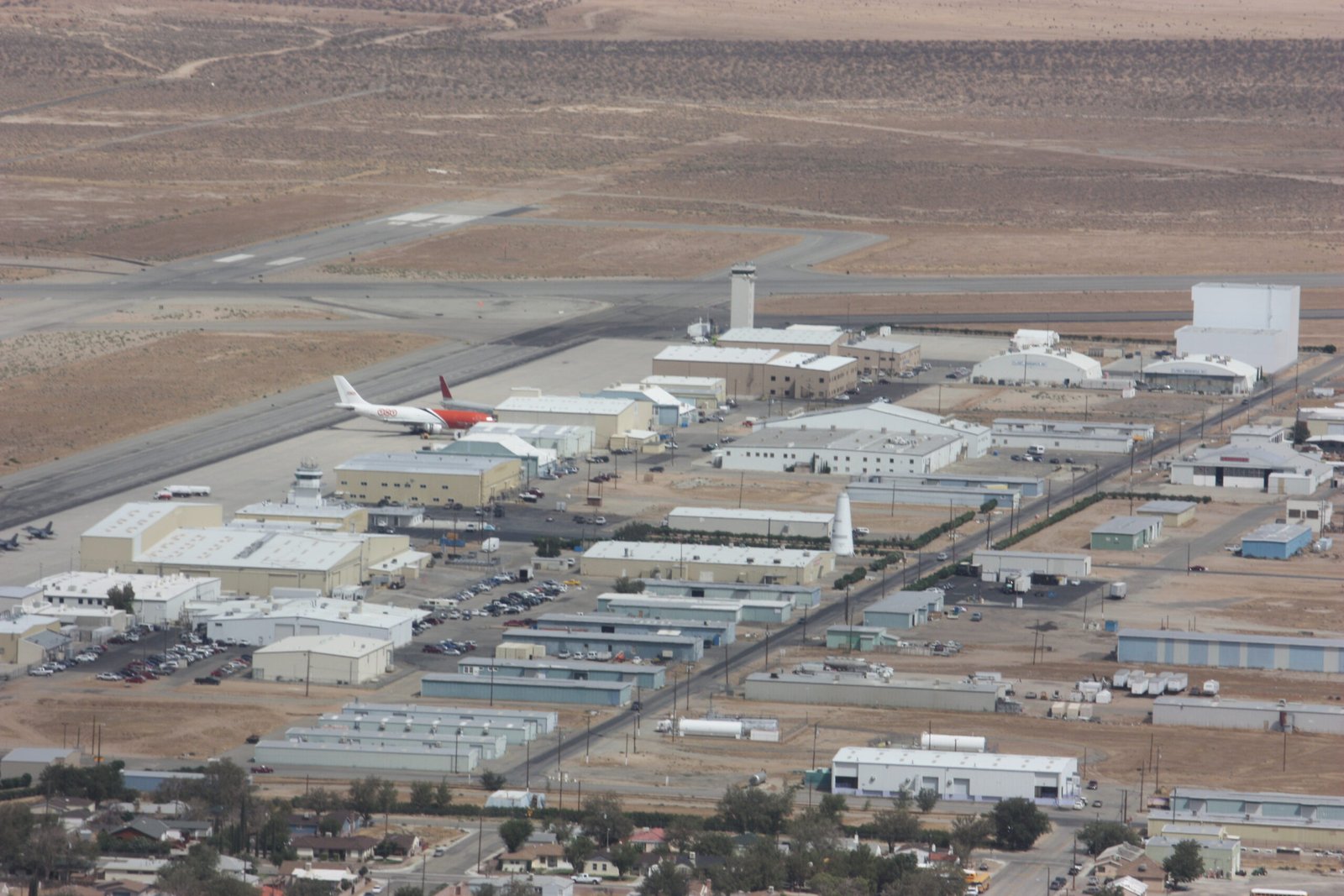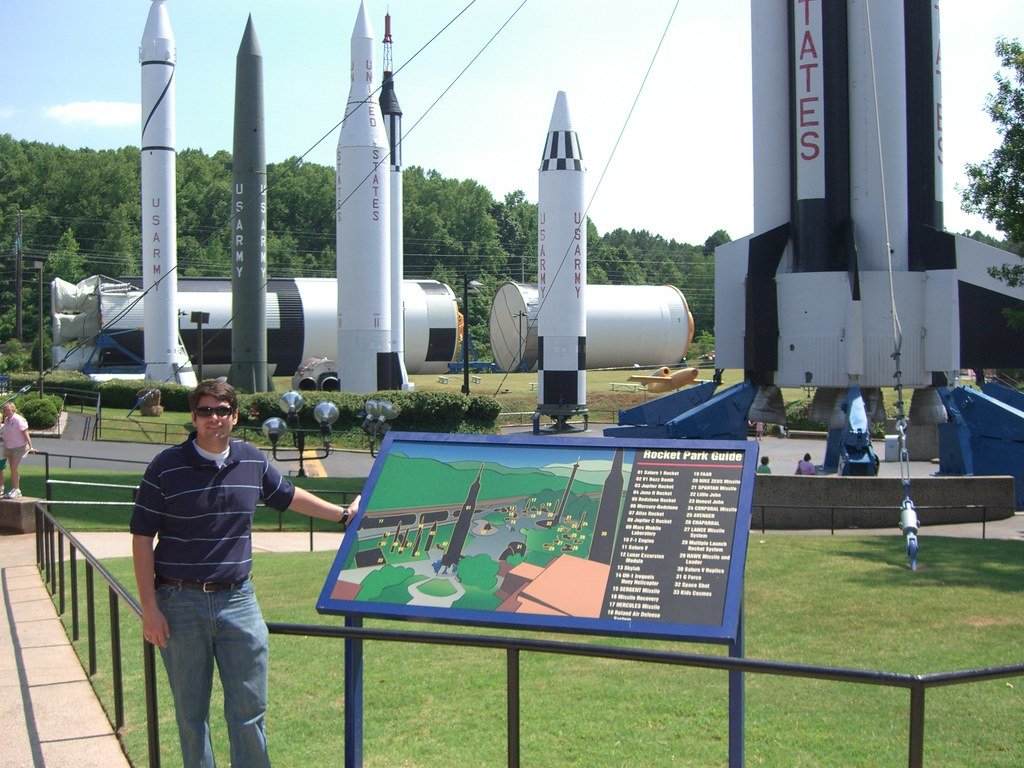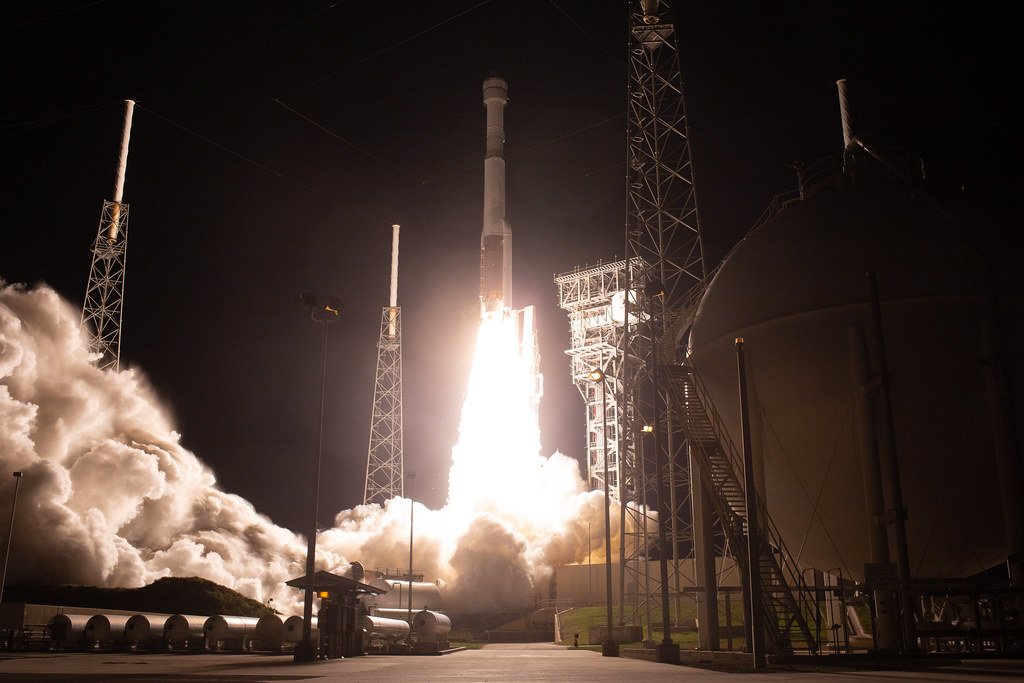When you think about America’s journey to the stars, your mind probably jumps to Houston, Cape Canaveral, or NASA’s sprawling facilities. But scattered across the American landscape are tiny towns that played absolutely crucial roles in humanity’s greatest adventure. These aren’t the places you’d expect to find space history. They’re the kind of communities where everyone knows each other’s name, where the local diner serves as the unofficial town hall, and where streetlights barely outnumber the stars overhead. Yet these humble places helped launch rockets, tracked satellites, and even guided astronauts safely home from the moon.
Edwards, California: Where Test Pilots Became Heroes

Edwards Air Force Base sits in the middle of California’s Mojave Desert, surrounded by the tiny town of Edwards with just over 1,000 residents. This remote location became the birthplace of American supersonic flight and the proving ground for astronauts. Chuck Yeager broke the sound barrier here in 1947, and the dry lakebed provided the perfect runway for experimental aircraft that would eventually evolve into spacecraft. The town’s residents lived with the constant thunder of rocket engines and jet afterburners, becoming accustomed to the sight of strange aircraft streaking across their desert sky. Many of the Mercury Seven astronauts trained here, learning to push the boundaries of flight in machines that regularly exploded or crashed. Edwards remains a place where the impossible becomes routine, and where a small desert community helped America reach for the stars.
Wallops Island, Virginia: The East Coast’s Hidden Launch Pad

Most people have never heard of Wallops Island, a barrier island off Virginia’s coast with fewer than 400 permanent residents. Yet this quiet fishing community became NASA’s second most important launch site after Cape Canaveral. The Wallops Flight Facility has been launching rockets since 1945, sending countless satellites into orbit and resupplying the International Space Station. Local fishermen and crab catchers regularly witness rocket launches from their boats, creating an surreal scene of maritime tradition meeting space-age technology. The island’s isolation made it perfect for rocket testing, but it also meant that residents had front-row seats to some of America’s most important space missions. Today, Antares rockets still thunder off this tiny island, carrying supplies to astronauts orbiting hundreds of miles overhead.
Goldstone, California: Listening to Whispers from Deep Space

Hidden in the Mojave Desert near the ghost town of Goldstone, population zero, sits one of humanity’s most sensitive ears to the cosmos. The Goldstone Deep Space Communications Complex contains massive radio antennas that track and communicate with spacecraft billions of miles away. These giant dishes, some as wide as football fields, can detect signals weaker than the power of a single snowflake hitting the ground. The nearest town, Barstow, has about 25,000 people, but the actual tracking station operates in complete isolation to avoid radio interference. Controllers here have guided Voyager past Jupiter and Saturn, communicated with rovers on Mars, and tracked the New Horizons probe as it flew past Pluto. In this empty desert, a handful of technicians maintain humanity’s connection to our robotic explorers scattered throughout the solar system.
Mojave, California: Where Private Space Travel Was Born

The town of Mojave, with just 4,000 residents, sits at the crossroads of aviation history and space innovation. Mojave Air and Space Port became the world’s first commercial spaceport, where private companies began building spacecraft for paying customers. SpaceShipOne, the first privately-funded vehicle to reach space twice, took off from Mojave’s runway in 2004. The town’s airport is filled with experimental aircraft and spacecraft prototypes, creating a landscape that looks like science fiction brought to life. Local residents have become accustomed to seeing rocket-powered planes streak overhead and hearing the boom of supersonic flight tests. Virgin Galactic, XCOR Aerospace, and other pioneering companies chose this desert community to develop the future of space tourism, making Mojave the birthplace of the commercial space age.
Clear Lake, Iowa: Training Astronauts in Small-Town America

Clear Lake might seem like an unlikely place for space training, but this Iowa town of 7,500 people played a unique role in preparing astronauts for their missions. The town’s unusually clear lake and surrounding landscape provided perfect conditions for testing water survival equipment and practicing emergency procedures. NASA used the lake to simulate ocean landings, teaching astronauts how to survive if their capsules came down in the wrong place. The contrast couldn’t be more striking – corn fields and farm equipment sharing space with space suits and survival rafts. Local boat owners often volunteered to help with training exercises, and the town’s residents took pride in their small but important contribution to the space program. Clear Lake proved that even America’s heartland had a role to play in reaching the moon.
Riverside, California: Rocket Fuel and Desert Dreams

The small community of Riverside, nestled in Southern California’s desert, became an unlikely center for rocket propulsion research and development. With a population hovering around 8,000, this town housed several aerospace companies that developed the solid rocket boosters used in space missions. The desert location was perfect for testing rocket motors safely, away from populated areas but close enough to major aerospace centers for easy collaboration. Residents grew accustomed to the ground-shaking roar of rocket tests and the sight of white exhaust plumes climbing into the desert sky. Many locals worked directly for these companies, becoming part of the hidden workforce that made space travel possible. The town’s contribution might seem small, but every successful rocket launch depended on the reliable propulsion systems tested in Riverside’s desert facilities.
Huntsville, Alabama: Rocket City’s Humble Beginnings

Before Huntsville became known as Rocket City, it was just another sleepy Southern town of about 16,000 people surrounded by cotton fields and mountains. Everything changed when Wernher von Braun and his team of rocket scientists arrived to develop America’s space program at Redstone Arsenal. The town transformed almost overnight from agricultural center to high-tech hub, but it never lost its small-town character. Local diners served coffee to rocket scientists, and neighborhood kids grew up watching missile tests from their backyards. The Saturn V rocket that carried Apollo astronauts to the moon was designed and built here, making this Alabama town the birthplace of lunar exploration. Huntsville proved that revolutionary technology could emerge from the most unexpected places, turning a quiet Southern community into the heart of America’s space program.
Titusville, Florida: Gateway to the Stars

While Cape Canaveral gets all the attention, the small city of Titusville, with about 45,000 residents, served as the actual gateway for space workers, journalists, and spectators. This modest Florida community provided hotels, restaurants, and services for the thousands of people involved in space launches. During major missions like Apollo moon landings, Titusville’s population would temporarily triple as space enthusiasts flooded in to witness history. Local business owners learned to stock up on film, binoculars, and folding chairs for the crowds that gathered to watch rockets climb toward space. The town’s beaches offered perfect viewing spots, and residents often hosted viewing parties on their rooftops and in their yards. Titusville residents had the unique privilege of watching humanity’s greatest adventure unfold literally in their backyard, making every launch a community celebration.
Black Hills, South Dakota: Tracking Satellites from America’s Heartland

Deep in the Black Hills of South Dakota, far from any major city, sits a tracking station that has monitored satellites and spacecraft for decades. The nearest town, with fewer than 1,000 residents, seems an unlikely place for space operations, but the isolated location is perfect for sensitive radio equipment. This remote facility has tracked everything from early weather satellites to modern GPS constellations, playing a crucial but invisible role in space operations. Local ranchers and tourists driving through the area often spot the massive satellite dishes pointing skyward, a reminder that space technology reaches into America’s most remote corners. The station’s operators work in near-complete isolation, maintaining communication links with spacecraft while surrounded by prairie grass and pine forests. This hidden facility demonstrates how space exploration depends on a network of remote outposts scattered across the country.
Plesetsk, Alaska: America’s Northern Space Sentinel

In Alaska’s remote interior, far from any substantial population center, stands a radar installation that watches the skies for space debris and potential threats. The nearest community has fewer than 500 residents, mostly indigenous Alaskans who have lived in the region for generations. This isolated outpost uses powerful radar systems to track thousands of objects orbiting Earth, from active satellites to tiny pieces of space junk that could threaten spacecraft. The facility operates in temperatures that can drop to minus 60 degrees Fahrenheit, requiring specially trained technicians who work in conditions that would challenge Arctic explorers. Local residents have become accustomed to the sight of massive radar dishes rotating against the northern lights, creating an otherworldly scene that perfectly captures the intersection of technology and wilderness. This remote Alaska station proves that space surveillance requires outposts in the most unlikely places.
Poker Flat, Alaska: Rockets in the Arctic

Poker Flat Research Range, located near Fairbanks, Alaska, operates as America’s only university-owned rocket range, serving the tiny community of Poker Flat with just a few dozen residents. This unique facility launches research rockets into the aurora borealis, studying the spectacular light shows that dance across Alaska’s winter sky. The extremely cold conditions and geographic location make it perfect for certain types of space research that can’t be conducted anywhere else. Local residents, many of whom are involved in traditional subsistence lifestyles, have witnessed rocket launches that create artificial auroras and study the Earth’s magnetic field. The contrast between indigenous Alaskan culture and cutting-edge space technology creates a fascinating blend of old and new. Scientists from around the world travel to this remote location to launch experiments that help us understand space weather and its effects on our planet.
Vandenberg Village, California: Military Space Operations

The unincorporated community of Vandenberg Village, with about 5,000 residents, sits just outside Vandenberg Space Force Base, America’s primary military space launch facility. Unlike the more famous Cape Canaveral, Vandenberg specializes in launching satellites into polar orbits, sending spy satellites and weather monitoring systems into space. Local residents have grown accustomed to the sight of Atlas V and Delta IV rockets streaking south over the Pacific Ocean, carrying classified payloads that help protect national security. The town’s economy revolves entirely around the space base, with most residents either working directly for the military or supporting the thousands of personnel stationed there. Fog often rolls in from the Pacific just as rockets launch, creating dramatic scenes of spacecraft disappearing into gray mist as they climb toward orbit. This coastal California community has played a quiet but essential role in America’s military space program for over six decades.
White Sands, New Mexico: Where Rockets First Reached Space

The tiny community of White Sands, with fewer than 2,000 residents, sits in the heart of New Mexico’s Tularosa Basin, surrounded by the world’s largest gypsum desert. White Sands Missile Range became America’s first rocket testing ground, where captured German V-2 rockets were used to explore the upper atmosphere after World War II. This remote desert location provided unlimited space for rocket experiments, away from populated areas but with perfect weather conditions for testing. Local residents, many of them ranchers and military families, witnessed the birth of American rocketry as primitive missiles climbed higher and higher into the desert sky. The town’s isolation meant that rocket tests could be conducted in complete secrecy, helping America develop the technology that would eventually take astronauts to the moon. Today, White Sands continues to test advanced weapons and spacecraft systems, maintaining its role as America’s premier rocket testing facility.
Baikonur’s American Counterpart: Lonely Desert Outposts

Scattered across America’s western deserts are numerous small communities that served as temporary homes for rocket scientists, test pilots, and space technicians during the height of the space race. These settlements, often with populations under 1,000, provided essential support for secret military and NASA programs testing experimental aircraft and spacecraft. Workers lived in trailer parks and temporary housing, creating boom towns that appeared and disappeared as quickly as rocket programs were classified and declassified. Many of these communities existed for only a few years, but their residents played crucial roles in developing the technology that made space travel possible. Local businesses learned to cater to an unusual clientele of engineers and test pilots who worked on projects they couldn’t discuss, creating a unique culture of secrecy and innovation. These forgotten outposts remind us that America’s space program depended on countless small communities willing to support humanity’s greatest adventure.
America’s space program wasn’t built in major cities or famous locations – it grew from the determination and innovation of small communities across the country. These towns prove that big dreams don’t require big places, just big hearts and the courage to reach for impossible goals. From desert tracking stations to Arctic research ranges, ordinary Americans in extraordinary places helped write the greatest adventure story ever told. The next time you look up at the stars, remember that small towns with big dreams made it possible for humanity to touch the cosmos. What other amazing stories might be hidden in the quiet corners of America, waiting for someone curious enough to discover them?




